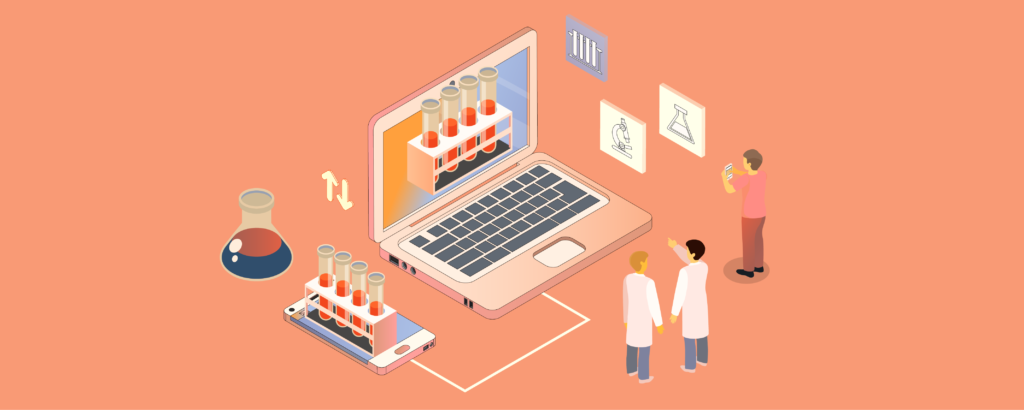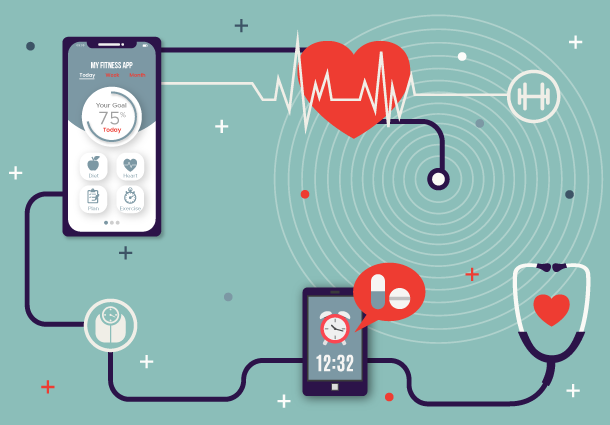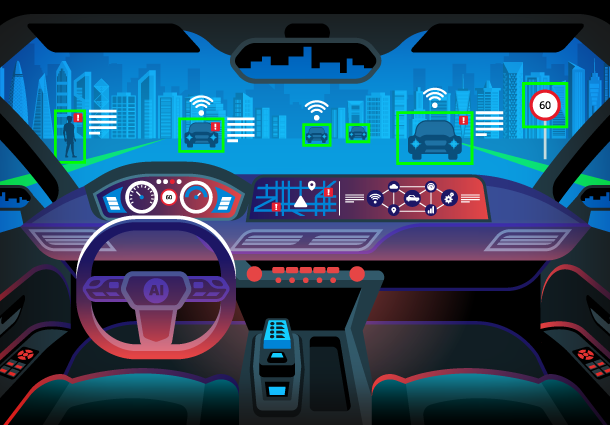Beyond the Stethoscope: IoT’s Uncharted Expedition in Healthcare
The blend of patient care and innovation has never been exceptional in the powerful field of healthcare. IoT is the main thrust behind this progressive change in the healthcare business when connectivity and data are presently fundamental building blocks. With real-time insights, remote consultations, predictive analytics, and effective resource management, it enables the two patients and healthcare professionals. The convergence of IoT and healthcare supports patient fulfillment as well as works on understanding results. The healthcare industry is going through critical change because of the strong impact of the Internet of Things (IoT). 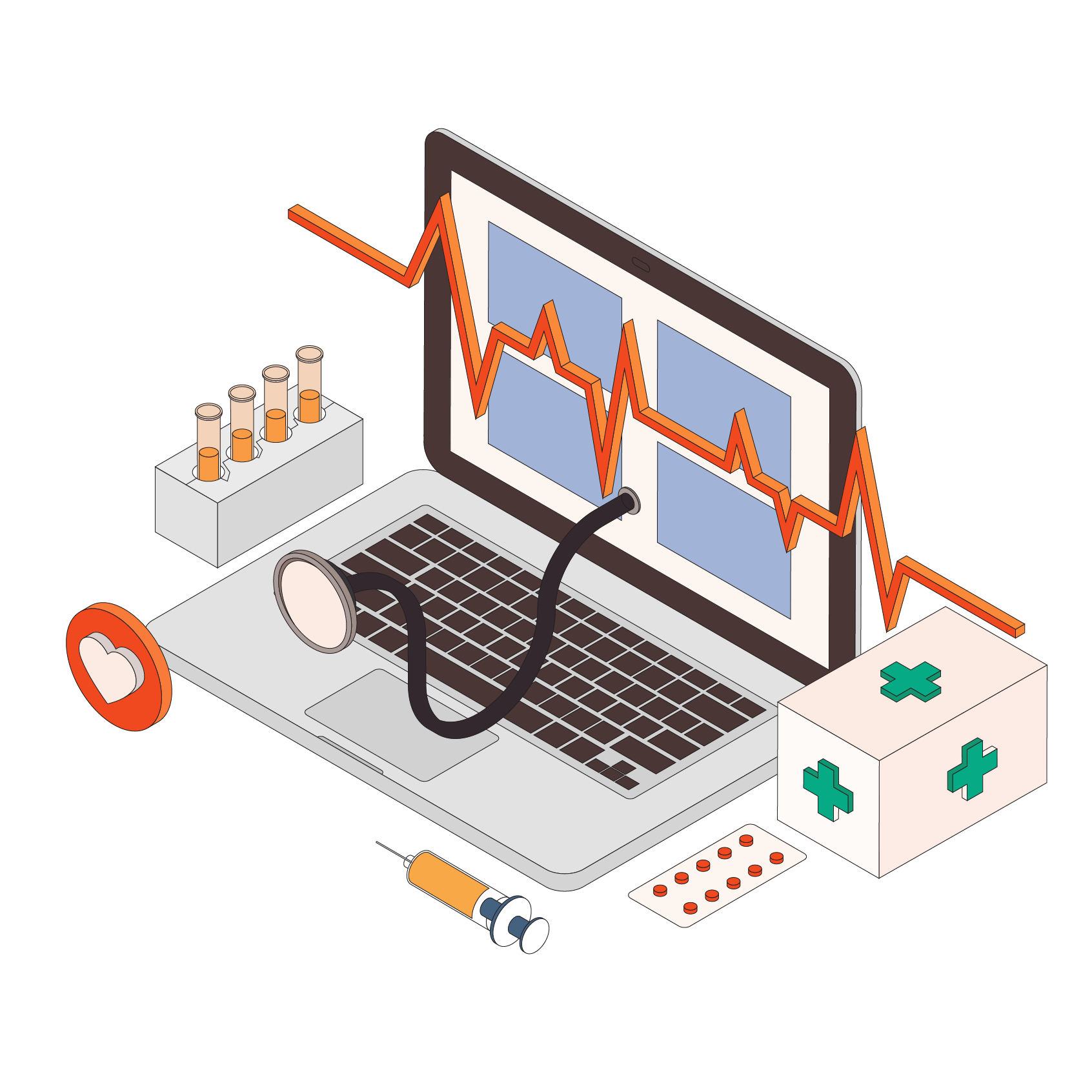 IoT in healthcare trends alludes to a great many networked gadgets, wearables, sensors, and data analytics platforms that team up to work on quiet consideration, facilitate patient care, expedite processes, and completely transform the industry.
IoT in healthcare trends alludes to a great many networked gadgets, wearables, sensors, and data analytics platforms that team up to work on quiet consideration, facilitate patient care, expedite processes, and completely transform the industry.
We will investigate the newest developments, applications, and trends that are working on patient-centric care as well as changing the healthcare business as we set out on this experience into the universe of IoT trends in healthcare. This article investigates the center of these developments, enlightening how IoT is reshaping healthcare and the key themes that are directing the way. IoT is driving these revolutionary developments in various regions, including wearable health monitoring, telemedicine, predictive analytics, healthcare asset management, and the basic worries of data security and compliance. Come along for an insightful look at IoT in healthcare as we present the newest developments and uses that are propelling the area.
The Pervasive Influence of IoT in Healthcare Dynamics
The Internet of Things (IoT) introduces itself as a state-of-the-art instrument in the quickly changing healthcare scene, with the possibility to change patient care, diagnosis, and the whole healthcare ecosystem. Another era of accuracy, productivity, and patient-driven healthcare delivery is introduced by the intermingling of current sensors, data analytics, and networked devices. The capability of IoT to assemble ongoing patient data using a constellation of wearables, biosensors, and remote monitoring equipment is its most prominent commitment to the healthcare industry. This data goldmine furnishes clinical professionals with unattainable insights into patient wellbeing, working with brief intercessions and individualized treatment regimens. IoT in healthcare trends introduces a new era of preventive and prescient healthcare by winding around together a perplexing embroidery of essential signs, medicine adherence, and lifestyle factors.
Furthermore, IoT defeats geographic hindrances to treatment by bringing telemedicine and remote patient monitoring, which changes the healthcare industry. Patients get quick medical advice and subsequent follow-ups, particularly the people who live in far-off or underdeveloped regions, which in the long run develops healthcare fairness. Fully backed up by IoT, telehealth introduces another period of “smart hospitals,” where clinical facility walls rise above their real lines. IoT is changing the management of chronic illnesses. Heart rate monitors, smart inhalers, and continuous glucose monitors furnish patients with continuous help that empowers proactive treatment and brings down hospitalization rates. Real-time identification combined with machine learning algorithms considers the early discovery of extreme conditions, which can prompt intercessions that can save lives.
IoT trends in healthcare further elevate healthcare processes, encompassing improvements in patient flow and the efficient management of medical inventories. Medical equipment is checked by RFID tags and sensors, which brings down costs and ensures productive operation. Wait times are decreased and the patient experience is worked on through the streamlining of patient check-ins and appointments. At the point when IoT and AI are joined, huge datasets might be analyzed all the more effectively, empowering early diagnosis and predictive analytics. Healthcare specialists can allot resources ideally, foresee ailment illness outbreaks, and make data-driven decisions. The development of “smart pills” takes into consideration remote medicine adherence checking, ensuring the viability of treatment. However, this extraordinary experience isn’t without challenges. Worries about security and data protection are critical, requiring severe regulations and effective cybersecurity measures.
Medicine’s New Ally: IoT-Enabled Healthcare Facilities
Another time of patient-driven care started with the assembly of the IoT trends in healthcare, where network and data-driven experiences are basic. IoT advancements are being taken on by the healthcare area increasingly more with an end goal to work on persistent results, assist methods, and raise the standard of care generally. Wearables and IoT devices are making it conceivable to monitor patients remotely in real-time. 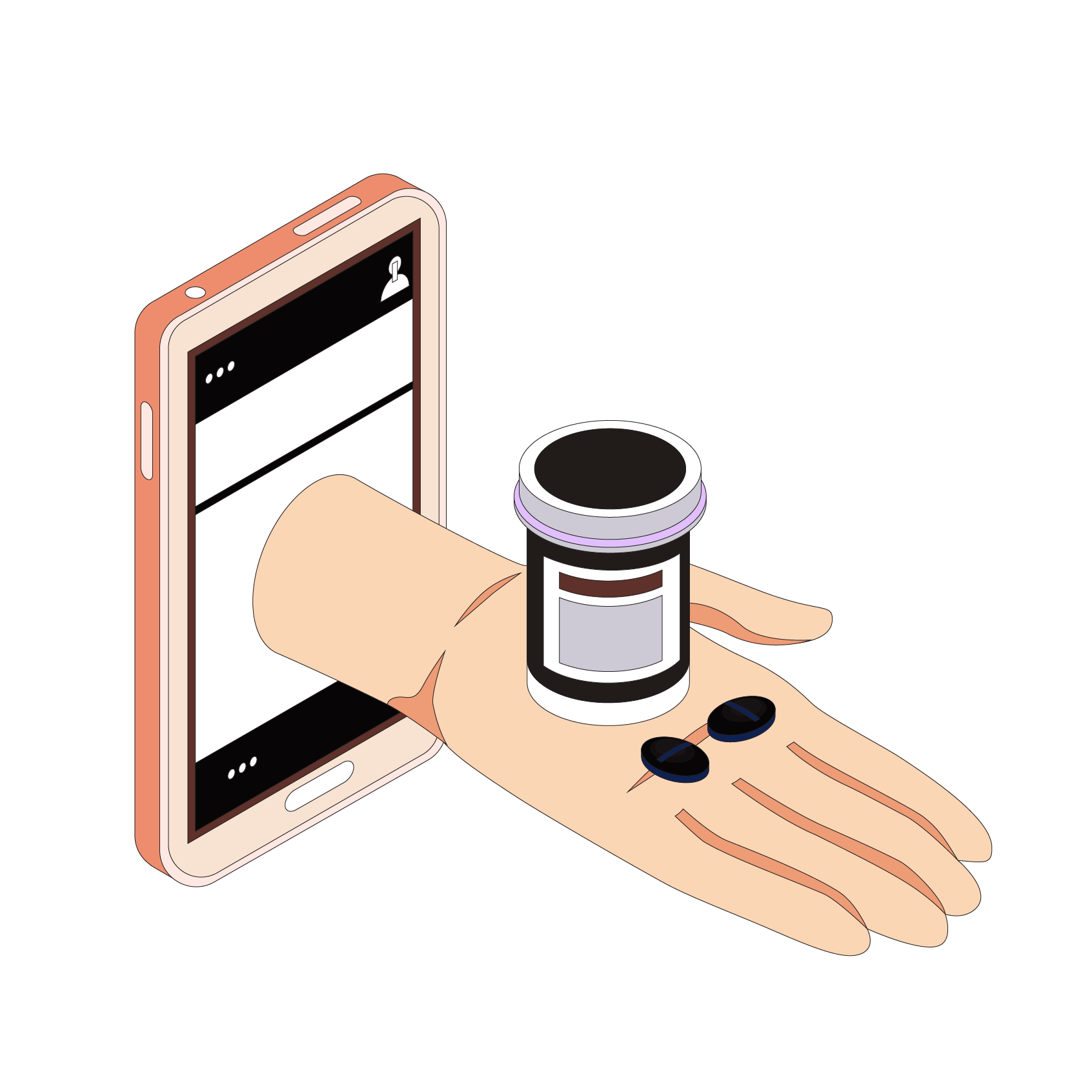 Healthcare experts can get indispensable signs, drug adherence, and well-being data from patients, which empowers safeguard gauges and individualized treatment programs. Telehealth frameworks driven by IoT empower distant consultations between clinical specialists and patients. Patients can obtain professional clinical guidance without having to truly visit a doctor because of the sharing of clinical histories, diagnostic pictures, and real-time data. IoT devices are continuously assembling patient data that artificial intelligence (AI) algorithms can process. Predictive analytics is made conceivable by this, which aids in the early detection of disease symptoms and considers interventions and customized care. Hospital operations are being enhanced by IoT technology on account of effective asset management. Medical supplies and equipment are tracked by RFID tags and sensors, which brings down working expenses and further develops resource allotment. With such a lot of patient data being gathered, security and consistency are basic. Severe regulations should be followed by IoT devices and data platforms to protect patient security and the ethical use of healthcare data.
Healthcare experts can get indispensable signs, drug adherence, and well-being data from patients, which empowers safeguard gauges and individualized treatment programs. Telehealth frameworks driven by IoT empower distant consultations between clinical specialists and patients. Patients can obtain professional clinical guidance without having to truly visit a doctor because of the sharing of clinical histories, diagnostic pictures, and real-time data. IoT devices are continuously assembling patient data that artificial intelligence (AI) algorithms can process. Predictive analytics is made conceivable by this, which aids in the early detection of disease symptoms and considers interventions and customized care. Hospital operations are being enhanced by IoT technology on account of effective asset management. Medical supplies and equipment are tracked by RFID tags and sensors, which brings down working expenses and further develops resource allotment. With such a lot of patient data being gathered, security and consistency are basic. Severe regulations should be followed by IoT devices and data platforms to protect patient security and the ethical use of healthcare data.
The Future Scope of IoT in Healthcare: A Pinnacle of Technological Revolution
A technological transformation is going to happen in the healthcare area, which is prepared to completely use the Internet of Things (IoT). The union of IoT in healthcare trends has led to a different field that incorporates wearable technology, remote patient monitoring, data analytics, and predictive healthcare. Better patient care, more efficient operations, and a more sustainable future are being guaranteed by this complex technological ensemble, which is driving a progressive change in the healthcare business. Wearable technology is driving the way in the digital health revolution, and it will significantly affect healthcare. Wearables accumulate data progressively on crucial signs, actual work, and, surprisingly, the treatment of chronic diseases.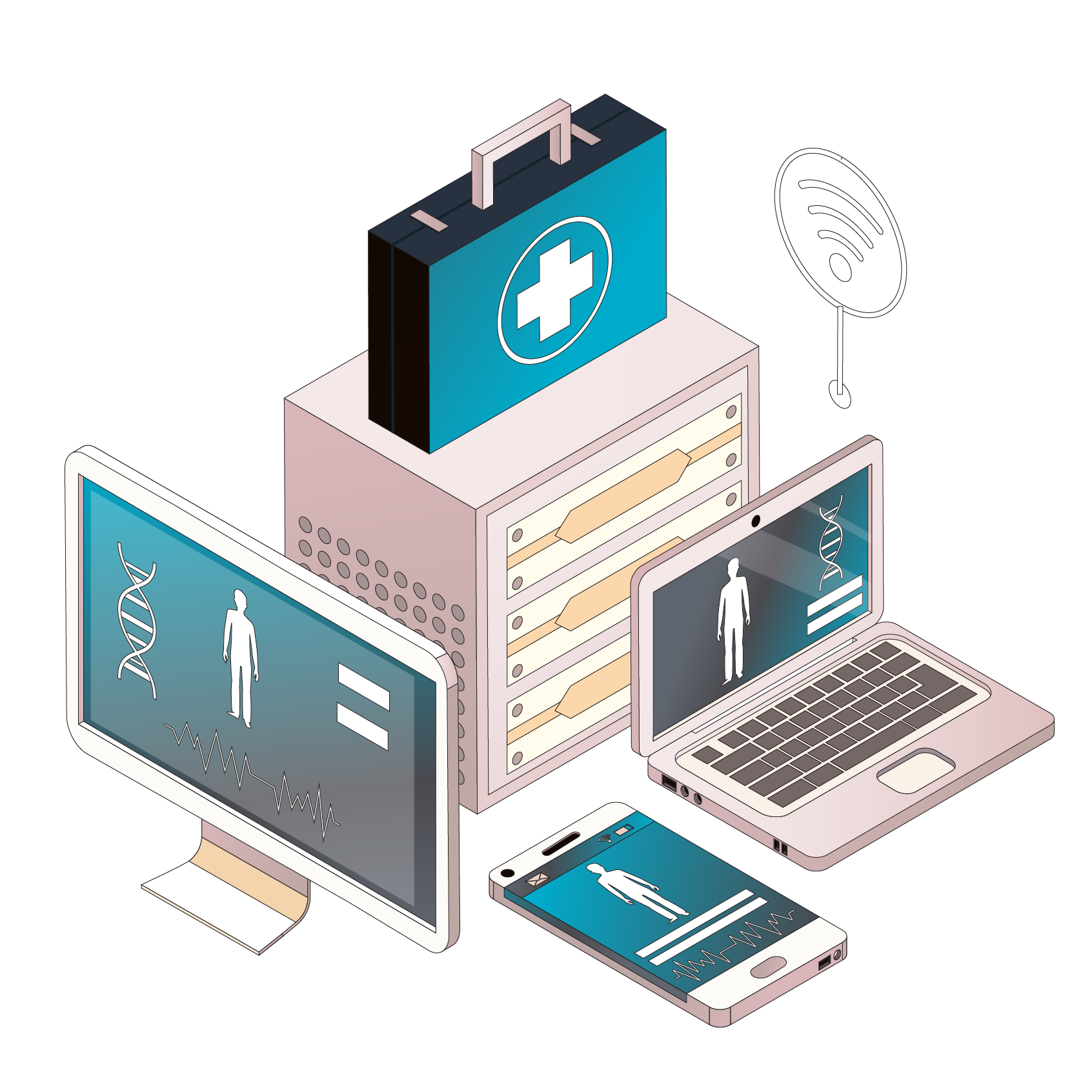 Examples of wearables incorporate smartwatches, fitness trackers, and constant glucose monitors. The combination of IoT empowers the smooth transmission of data from these devices to healthcare providers, working with ongoing patient monitoring, timely intervention, and customized treatment regimens. Through proactive management of chronic conditions, wearables lower hospitalization rates and enhance patient quality of life.
Examples of wearables incorporate smartwatches, fitness trackers, and constant glucose monitors. The combination of IoT empowers the smooth transmission of data from these devices to healthcare providers, working with ongoing patient monitoring, timely intervention, and customized treatment regimens. Through proactive management of chronic conditions, wearables lower hospitalization rates and enhance patient quality of life.
The idea of “smart hospitals” is reconsidered by IoT, which extends healthcare beyond actual offices. IoT-fueled telemedicine and telehealth conquer geographic limits to ensure that patients, any place they might be, approach brief clinical exhortation and follow-up care. The coordination of IoT and telehealth changes the specialist patient dynamic by working with remote consultations, health record exchanges, and diagnostic assistance. The Coronavirus pandemic and other worldwide occurrences have featured the usability and availability of telemedicine. A crucial procedure for diminishing physical contact, bringing down the opportunity for virus transmission, and guaranteeing persistent healthcare delivery is telemedicine. IoT-enabled telehealth solutions have been fundamental in maintaining the security and availability of healthcare services. IoT altogether affects healthcare operations in addition to patient care. Medical equipment is followed by RFID tags and sensors, which ensures viable inventory control and brings down working costs. Working on patient registrations and appointments decreases wait times and works on the patient involvement with general. Creating compelling and reasonable healthcare systems relies vigorously upon IoT’s involvement in operational optimization.
Set Your Sights on IoT Service in Healthcare with Our Premium Solutions
The Internet of Things (IoT) has turned into a key and progressive power in the steadily changing field of healthcare. As we approach the finish of our investigation of IoT in healthcare, it is very clear that this technological union is causing an extreme change in the manner in which medical services are given and experienced. The IoT and medical care intermingling isn’t simply a craze; a major shift is changing the landscape of the sector.
We at Pattem are aware of the Internet of Things critical impact on medical services. What distinguishes us as pioneers in the field is our commitment to using IoT to its fullest degree in the medical services area. Our cutting-edge IoT solutions are redone to meet the particular necessities of healthcare providers, permitting them to augment operational effectiveness and give better understanding consideration. We are at the vanguard of IoT development, constructing a future where medical care is not just sophisticated but also incredibly patient-centric. Choose us to lead the way in IoT solutions for healthcare, and join the revolution in medical services.
